Labs & Activities

Abuse-a-Cyst- University of Utah
2012 CIBT Alumni Workshop
Animals
Ecology
High School
Inquiry/Scientific Method
Middle School
Brine shrimp populations survive in some of the harshest environments. Subject brine shrimp cysts to extreme conditions then try to hatch them to see just how tough they are! Downloads Abuse a Cyst Lab (University of Utah)
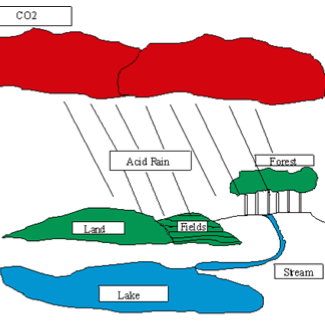
Acid Rain Lab- Katherine Betrus Derrico
2012 CIBT Alumni Workshop
Ecology
High School
Inquiry/Scientific Method
Middle School
Plants
Students will design and conduct an experiment to test the effect of acid rain on the germination of seeds. They will utilize the data from their experiment to explain their conclusions, and also read a passage on acid rain. Downloads Acid Rain Lab Rubric (Katherine Betrus Derrico) Acid Rain Lab… read more of the article entitled “Acid Rain Lab- Katherine Betrus Derrico”

Becoming a Plant
Inquiry/Scientific Method
Middle School
Plants
Students will plant seeds at various depths in the soil and make observations after seedlings emerge. Based on their observations, students will decide what measurements could be made. They will make these measurements and look for an explanation for differences in their measurements. They will write a hypothesis that describes… read more of the article entitled “Becoming a Plant”
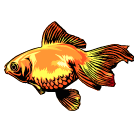
Bottle Ecosystem- Tim Downs
2012 CIBT Alumni Workshop
Animals
Ecology
High School
Inquiry/Scientific Method
Middle School
Physical Sciences
Plants
The objective of this lab is to put together a suitable habitat (ecosystem) that will allow one or two guppies to survive to the end of the school year and beyond. Students will make observations of their ecosystems for the three weeks. The ecosystem in this experiment will be closed,… read more of the article entitled “Bottle Ecosystem- Tim Downs”

Case of the Missing Diamond Maker
Forensics
Middle School
Physical Sciences
Students will learn about some of the techniques of forensic science. They will use fingerprinting, chromatography, and chemistry to gather and analyze evidence left behind at a crime scene. Students will exercise deductive reasoning to evaluate the evidence and determine the criminal’s identity. CIBT has prepared a Missing Diamond Maker… read more of the article entitled “Case of the Missing Diamond Maker”

Comparative Skulls
Animals
Ecology
Evolution
High School
Middle School
Physiology
What can a skull tell you? A lot! If you look at a skull for clues about its origin, not only can you identify what species it might be from, but you can learn many details about the original animal. In this lab, students will determine what clues to analyze in… read more of the article entitled “Comparative Skulls”

Edible Earth Parfaits- Groundwater Foundation
2012 CIBT Alumni Workshop
Ecology
Elementary School
Middle School
Physical Sciences
This activity uses soda, ice cream, sprinkles, colored sugars, and food coloring to represent the layers of Earth and aquifers under the surface. Students are instructed to “drill a well” with a straw and “pump the well” by sucking on the straw, as they watch the decline in the water… read more of the article entitled “Edible Earth Parfaits- Groundwater Foundation”
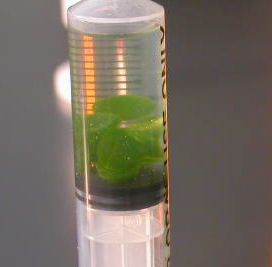
Floating Leaf Disk- Brad Williamson
High School
Middle School
Plants
This lab tangibly demonstrates the abstract concept of photosynthesis to students. Normally, disks punched out of leaves (with a hole punch) would float. When the air spaces are infiltrated with a sodium bicarbonate solution, the overall density of the leaf disks increase and they sink. Bicarbonate ion serves as the… read more of the article entitled “Floating Leaf Disk- Brad Williamson”
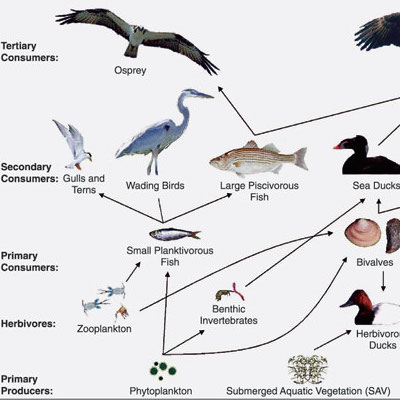
Food Chain Game- Delta Education
2012 CIBT Alumni Workshop
Ecology
Elementary School
High School
Middle School
In this activity, students investigate food chains by assuming the roles of animals that are part of a food chain. Downloads
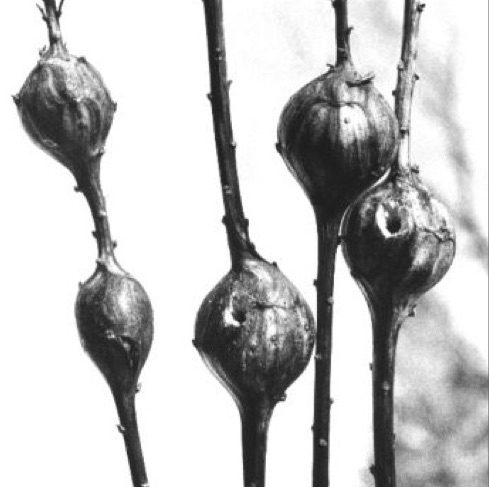
Goldenrod Galls
Ecology
Evolution
High School
Inquiry/Scientific Method
Insects
Middle School
Plants
This investigation examines natural selection and coevolution using goldenrod (Solidago canadensis), its stem gall insect (Eurosta solidaginis), and associated parasites, parasitoids, and predators that feed upon the stem gall insect (i.e., Eurytoma obtusiventris, Eurytoma gigantea, Mordellistena unicolor, and birds). Through measurements of gall size and an investigation of events occurring… read more of the article entitled “Goldenrod Galls”
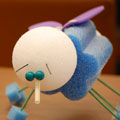
Insect GENEration
Genetics
Insects
Middle School
Molecular Biology
Students build a model insect based upon genetic information provided to them in the lab directions. Gene forms (alleles) contributed by each parent are determined by tossing a coin with one side representing the dominant form of the gene and the other side representing the recessive form. Student teams record… read more of the article entitled “Insect GENEration”

Lichens on Tree Trunks- Scott LaGreca
2012 CIBT Alumni Workshop
Ecology
High School
Inquiry/Scientific Method
Middle School
Plants
Students will learn to recognize moss and lichens, identify various trees, record observations using a mapping technique, use a compass, and think about the conditions mosses and lichens need to grow. They will identify and mark trees with mosses and lichens growing on their trunks, and try to figure out… read more of the article entitled “Lichens on Tree Trunks- Scott LaGreca”
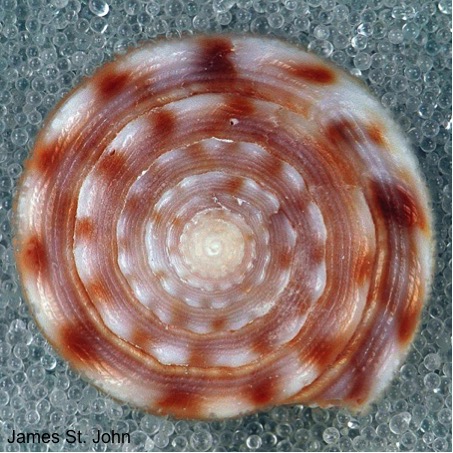
Medical Importance of Biodiversity- Mary Keymel
2012 CIBT Alumni Workshop
Animals
Ecology
High School
Human Health
Middle School
Plants
Students assume the role of an ethnobotanist for a start-up pharmaceutical company, who is about to journey to the rainforest, coral reef, or another natural source of medicine in the world. Their mission is to catalog 1 plant or animal species that may be useful to medical research. They will… read more of the article entitled “Medical Importance of Biodiversity- Mary Keymel”
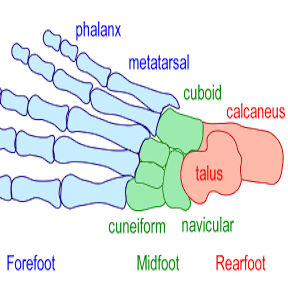
Metric Measurement
Animals
Elementary School
Inquiry/Scientific Method
Middle School
Physiology
Recently Updated!
Downloads Metric Measurement (Student Edition)
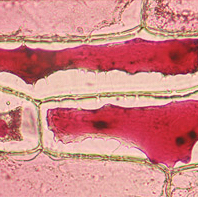
Microscopy and Cell Biology
Elementary School
High School
Microbiology
Middle School
Molecular Biology
Plants
Students will identify the parts of a microscope. Students will observe, manipulate, write and memorize. Students will also compute total magnification of the objective lenses. The lab can be modified to suit higher grade levels using the attached handouts for various observation stations. Downloads Pollen Station Red Onion Cell Station… read more of the article entitled “Microscopy and Cell Biology”

